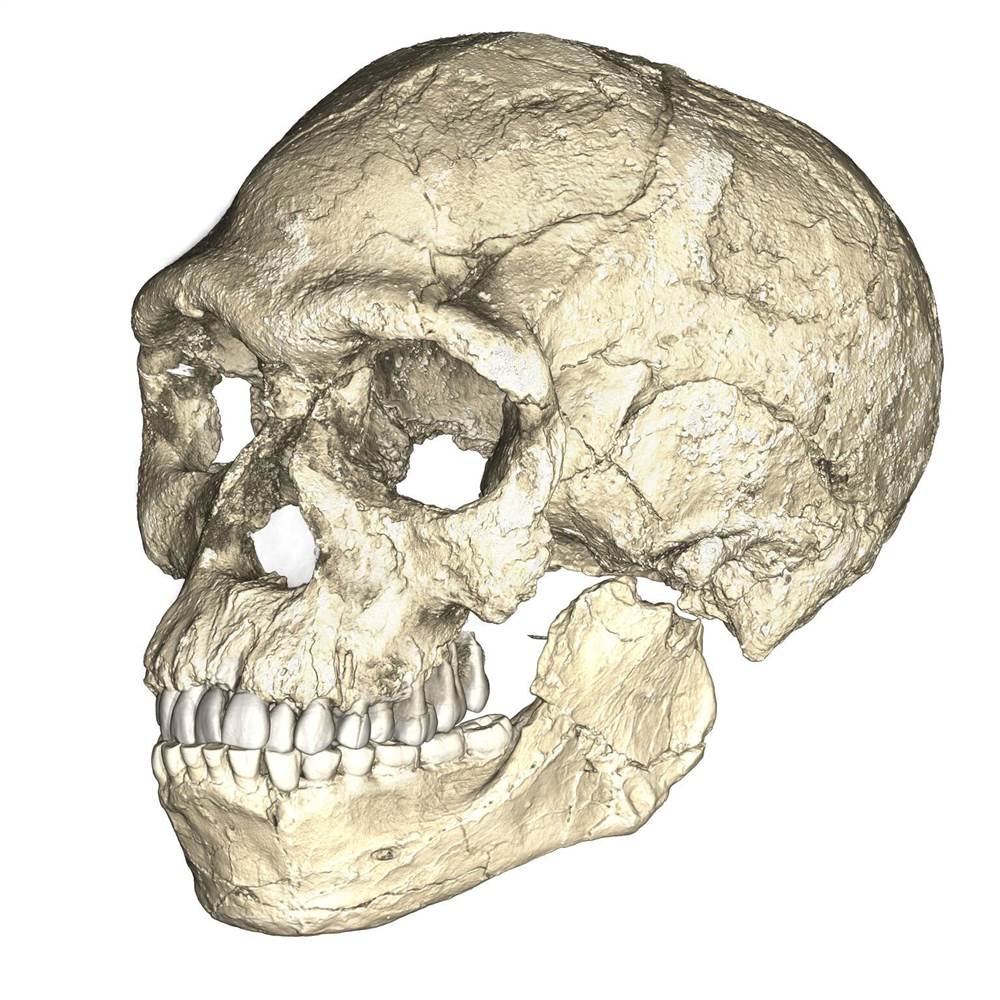World News- Modern humans evolved much earlier than previously thought, researchers reported Wednesday.
 New discoveries at a rich site in Morocco show modern humans were hunting and probably cooking game animals 300,000 years ago — 100,000 years earlier than scientists have believed until now.
New discoveries at a rich site in Morocco show modern humans were hunting and probably cooking game animals 300,000 years ago — 100,000 years earlier than scientists have believed until now.
The site, near Morocco’s coast and the city of Marrakech, has always yielded interesting human remains, but they’d been dated to around 40,000 years ago.
New discoveries and new dating methods show that in fact many of the bones belong to modern Homo sapiens, and they lived as far back as 300,000 or 350,000 years.
The earliest previous Homo sapiens bones date back 195,000 years ago and they’re from clear across the continent, in modern-day Ethiopia.
Taken together, the findings show modern humans were dispersed across Africa long before anyone ever thought.
“There was no Garden of Eden,” Jean-Jacques Hublin, a researcher at the Max Planck Institute for Evolutionary Anthropology in Germany who has been working at the site for decades, told reporters.
Instead, he said, modern humans arose across Africa.
Back then, the Sahara desert wasn’t such a barrier and people could have crossed north Africa much more easily, Hublin and colleagues argued.
The site has been under excavation since the 1960s, but a team recently found a new layer, along with flint tools that had been heated by fire. Pieces of bone and skull from five different people are among the new finds.
Writing in the journal Nature, Hublin and colleagues argue the skulls belong to clearly modern humans, even if the head shape is a little longer and narrower than those of modern people. As with all scientific discoveries, they are throwing out the evidence for debate and discussion. No single story is ever the last word on any issue.
The team dated tools and bones to between 300,000 and 350,000 years ago.
“This evidence makes Jebel Irhoud the oldest and richest African Middle Stone Age hominin site that documents early stages of the Homo sapiens clade,” they wrote.
Along with the human remains are bones of gazelles, zebras, wildebeest and other prey animals, as well as leopards and lions.
“Thanks to improvements in dating techniques, particularly in luminescence dating, this layer, from which all the specimens had been excavated, is now revealed to be approximately twice as old as previously thought,” Chris Stringer and Julia Galway-Witham of Britain’s Natural History Museum, who were not involved in the research, wrote in a commentary.
“We agree with Hublin and colleagues that the Jebel Irhoud fossils now represent the best-dated evidence of an early ‘pre-modern’ phase in H. sapiens evolution.”
It’s not so easy finding ancient human remains. Unless they are preserved somewhere dry — like the deserts of north and east Africa — not much is left of anything after tens of thousands of years. Finds are rare and each one must be studied intensively to provide evidence about the many species of pre-humans and early modern humans that populated the world.
Stringer and Galway-Witham also agree that Homo sapiens probably continued to evolve a bit while remaining the same species. Brains grew and changed and intelligence probably did, too, they said.
It’s the latest astonishing find that rewrites the history of early humans. Earlier this year a team argued they had found evidence that either modern humans or pre-humans were in North America 150,000 years ago.
by MAGGIE FOX, NBCNews.com

